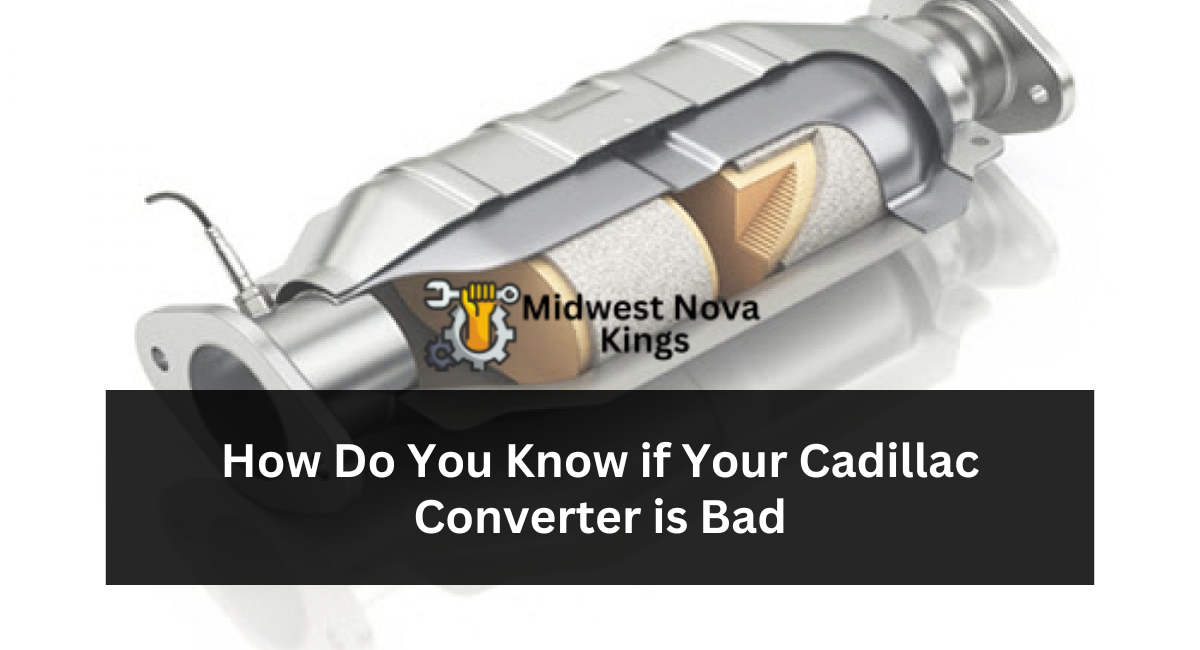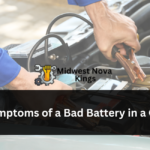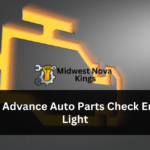Your vehicle’s catalytic converter plays an essential role in mixing air and fuel effectively in its combustion chamber, so a malfunctioned or damaged converter impedes this process and causes engine performance problems which reduce overall performance.
To check for signs of trouble with a catalytic converter, start by heating up and safely raising your vehicle on jack stands and jack jacks. Attach a pressure gauge ahead of the catalytic converter in order to measure exhaust gas flow and monitor for any anomalies.
Rattling Noises
Rattling noises coming from your engine area while driving or starting up your car could be a telltale sign that your catalytic converter has failed. This could be caused by loose heat shields or even by an obstruction inside of the converter such as clogs or broken honeycomb cells, among other issues.
An increase in gas consumption despite following your usual route is another telltale sign that your converter is failing, since clogs or damage causes more fuel-hungry engine work to expel exhaust from the vehicle and require it be expelled via emissions systems.
Check engine lights displaying P0420 are an indication of catalytic converter issues. A partial clog prevents the catalyst from reducing oxygen in exhaust, making driving unsafe and necessitating immediate repair measures such as cleaning it, tightening heat shields or providing higher quality fuel – these measures may all help avoid permanent blockages from occurring.
Sulfur Smells
An unpleasant rotten egg or sulfur scent under your car’s hood could indicate something is amiss with its catalytic converter. When gasoline passes through an engine, it contains trace amounts of hydrogen sulfide gas which should be converted to inoffensive sulfur dioxide by your converter; but if something goes amiss with its operation, unburnt fuel may enter into its exhaust system and produce an offensive sulfur smell – signaling something is amiss with its functioning.
Other potential culprits for an unpleasant odor include a damaged exhaust manifold, cracked fuel pressure sensor or aged transmission fluid. In these instances, an abundance of oil might reach the catalytic converter causing it to overheat and expel sulfur dioxide into the atmosphere.
Any issue causing rich fuel mixture or raw gas to reach the catalytic converter could prompt the check engine light, poor acceleration and reduced power output to appear on your dashboard. If this smell occurs in your vehicle, see a mechanic immediately as soon as possible for diagnosis; failing which it could worsen and lead to costly engine repairs in the long run.
Hot Exhaust Smells
If your vehicle emits an overwhelming smell of exhaust while driving, there may be an issue with its catalytic converter. This component sits between its exhaust manifold and muffler and converts sulfur into innocuous sulfur dioxide gas; when blocked or compromised it could release an unpleasant rotten egg smell while driving.
Faulty catalytic converters pose a serious safety risk. Their purpose is to convert harmful emissions into less-harmful compounds before entering the atmosphere via tailpipe. As an integral component of an anti-pollution system, catalytic converters should remain installed; doing otherwise may be illegal in many states.
Clogged catalytic converters will restrict the flow of exhaust gases, leading to engine issues and decreased performance. If you notice slow acceleration response times, rattling sounds while driving or poor fuel economy it may be time for replacement of your Cadillac catalytic converter.
Loss of Power
One of the telltale signs that your catalytic converter has become clogged is loss of power, due to engine inefficiency when mixing air and fuel without it being converted. A clog prevents this conversion process from taking place properly, leading to misfires that reduce both power and fuel efficiency.
An improperly functioning catalytic converter restricts the flow of exhaust gases, leading to decreased acceleration; typically felt as the vehicle struggles to reach highway speeds.
Replacing your catalytic converter can dramatically improve engine performance by increasing horsepower and acceleration while meeting environmental regulations by lowering emissions. Before replacing your catalyst, however, it’s essential to understand its causes and symptoms of failure before beginning replacement efforts. You can diagnose a defective converter by conducting several diagnostic tests such as checking back pressure with a gauge; inspecting exterior for damage; or checking engine computer error codes to detect an ineffective converter.
Fuel Efficiency
Failure of a catalytic converter leads to unburned fuel being released into the exhaust system, emitting an unpleasant sulfur smell similar to that of rotten eggs and restricting exhaust gases and power output, both of which indicate it’s time for replacement.
Poor gas mileage is another telltale sign that your catalytic converter is failing, as its restricted flow restricts and backs up into the engine, thus polluting fresh air being fed to it and decreasing mileage per gallon achievable on every fill-up.
Oxygen sensors on vehicles are designed to monitor the effectiveness of catalytic converters. If the sensors detect that your converter has fallen below an acceptable threshold, a check engine light will illuminate to notify you. In such an instance, it is likely necessary for a professional mechanic to diagnose and replace it quickly in order to restore vehicle performance while meeting environmental regulations.
Conclusion
In conclusion, recognizing signs of a failing Cadillac catalytic converter is crucial for maintaining vehicle performance and emissions control. Symptoms like decreased engine performance, illuminated check engine light, rattling noises, or increased exhaust emissions can indicate potential issues with the catalytic converter.
Prompt diagnosis and repair when these symptoms arise are essential to prevent further damage to the vehicle and ensure compliance with emissions regulations.
Seeking professional inspection and diagnosis can accurately determine if the catalytic converter requires replacement, restoring the vehicle’s performance and environmental efficiency. Regular maintenance and addressing potential issues early on can help preserve the catalytic converter’s functionality and the overall health of your Cadillac.










